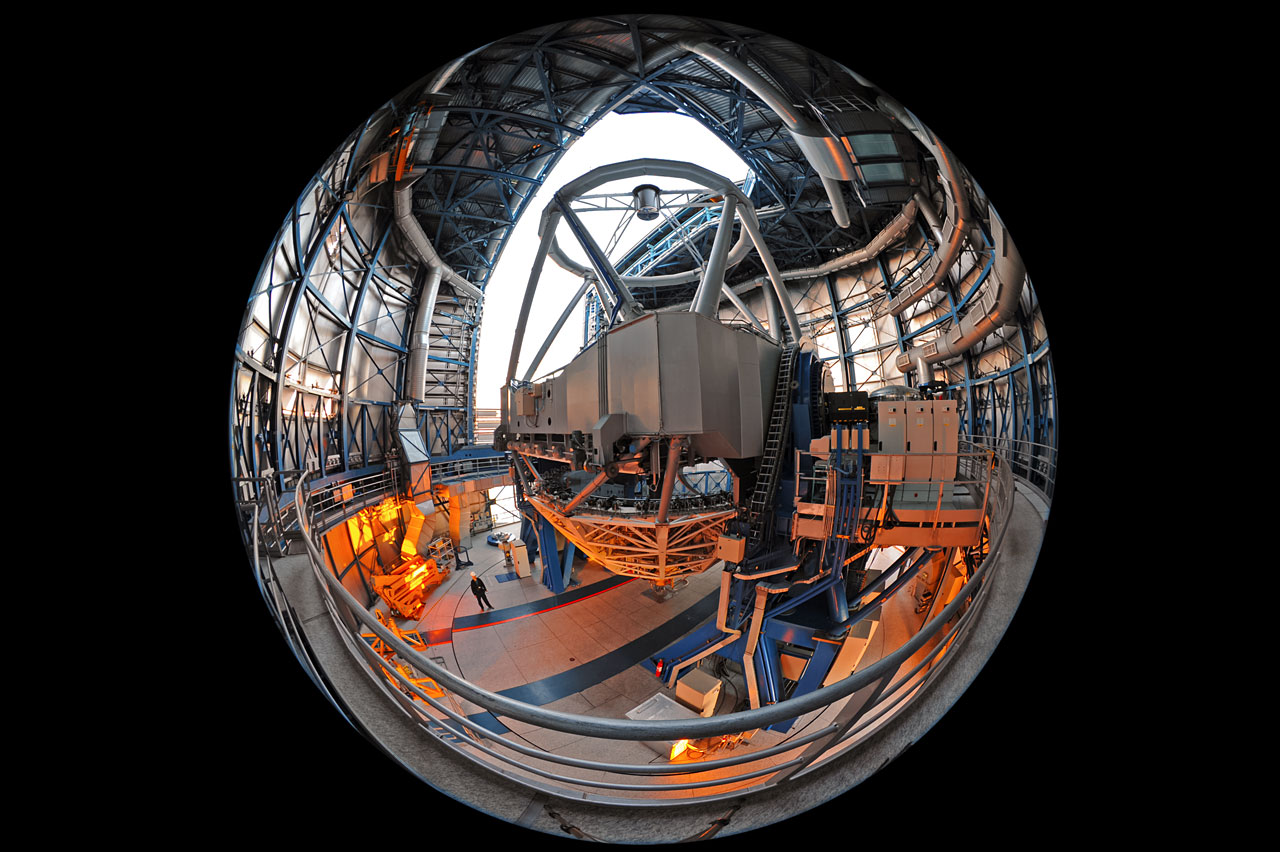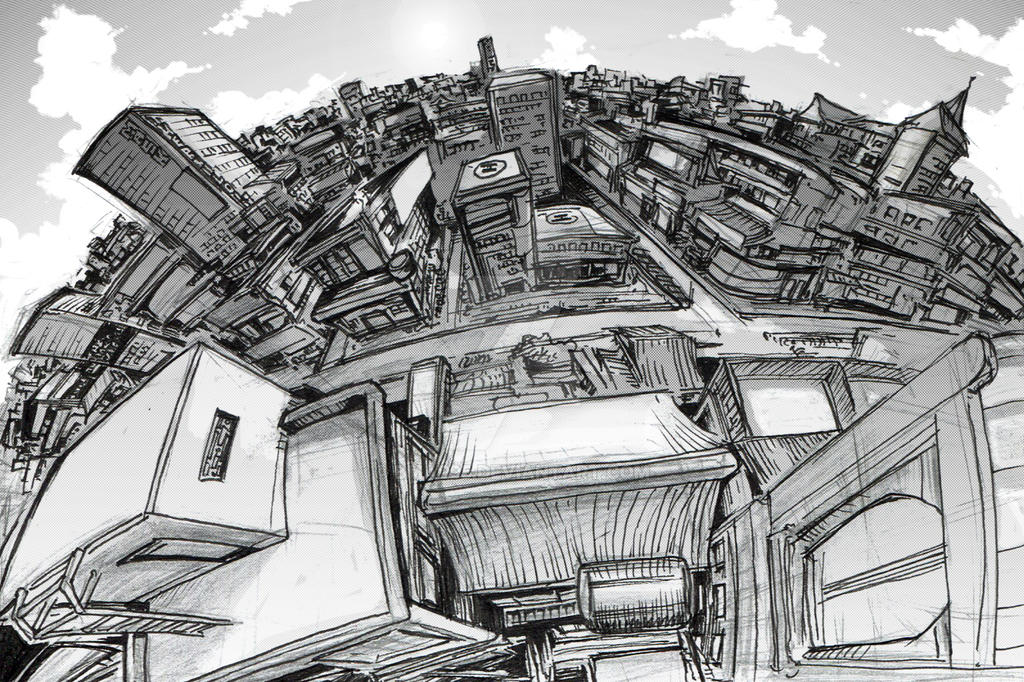
What is Fish Eye Perspective?
Fish Eye Perspective, also known as ultra-wide-angle perspective, is a unique photography technique that captures a wide field of view, allowing for an exaggerated, distorted effect. This effect creates a convex and spherical appearance, mimicking the visual distortion observed through a fish-eye lens.

The History of Fish Eye Perspective
The concept of fish-eye perspective dates back to the early 1900s when it was first introduced in photography. Initially, it was used in scientific and astronomical applications to capture a wide view of the sky. Over time, photographers began to experiment with this unique perspective, and it gained popularity in various genres of photography.

Distinctive Features of Fish Eye Perspective
Fish Eye Perspective offers several distinctive features that make it stand out from other photographic techniques:
- Extreme Wide-Angle: The fish-eye lens allows for an ultra-wide-angle view, capturing a significantly larger area than the human eye.
- Barrel Distortion: The most prominent characteristic of fish-eye images is the barrel distortion, where straight lines appear curved towards the edges of the frame.
- Increased Depth of Field: Fish Eye Perspective often provides a larger depth of field, ensuring that both near and distant objects remain in focus.
- Unique Visual Effects: The exaggerated perspective and distortion create a visually captivating effect, adding a creative and artistic touch to photographs.

Applications of Fish Eye Perspective
Due to its unique characteristics, Fish Eye Perspective finds applications in various fields:
- Landscape Photography: Fish-eye lenses are popular among landscape photographers as they can capture vast landscapes, emphasizing the grandeur and scale of the scene.
- Architectural Photography: The exaggerated perspective of fish-eye lenses is often used to capture the entire structure of buildings, showcasing their unique designs.
- Sports Photography: Fish-eye lenses are employed in sports photography to capture immersive action shots, allowing viewers to feel like they are in the midst of the action.
- Artistic Expression: Many photographers utilize fish-eye perspective as a creative tool to add a unique and unconventional element to their work.

Mastering Fish Eye Perspective
To achieve stunning results with Fish Eye Perspective, consider the following tips:
- Composition: Pay attention to the positioning of elements within the frame to create a visually appealing composition, taking advantage of the distorted effect.
- Perspective Control: Experiment with different angles and distances to manipulate the perspective and emphasize certain elements in your photographs.
- Subject Placement: Place your main subject strategically within the frame to make the most of the distorted perspective and create an engaging visual narrative.
- Avoid Overexposure: Wide-angle lenses tend to capture a large amount of light, so be mindful of exposure settings to avoid blown-out highlights.
- Post-Processing: Make use of post-processing techniques to enhance the colors, contrast, and overall impact of your fish-eye images.

Conclusion
Fish Eye Perspective is a fascinating photography technique that offers a unique and visually captivating view of the world. With its exaggerated perspective and distinctive distortion, it allows photographers to unleash their creativity and create stunning images. Whether you are capturing landscapes, architecture, or seeking artistic expression, fish-eye lenses can provide a fresh perspective and take your photography to new heights.